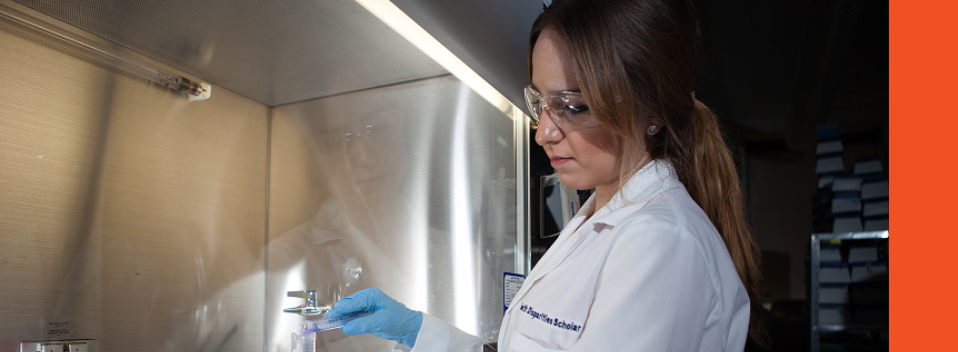
Health & Biomedical Sciences Faculty Publications and Presentations
Document Type
Article
Publication Date
6-2018
Abstract
Human Immunodefciency Virus Type 1 (HIV-1) remains one of the leading causes of death worldwide. Present combination antiretroviral therapy has substantially improved HIV-1 related pathology. However, delivery of therapeutic agents to the HIV reservoir organ like Central nervous system (CNS) remains a major challenge primarily due to the inefective transmigration of drugs through Blood Brain Barrier (BBB). The recent advent of nanomedicine-based drug delivery has stimulated the development of innovative systems for drug delivery. In this regard, particular focus has been given to nanodiamond due to its natural biocompatibility and non-toxic nature–making it a more efcient drug carrier than other carbon-based materials. Considering its potential and importance, we have characterized unmodifed and surface-modifed (-COOH and -NH2) nanodiamond for its capacity to load the antiHIV-1 drug efavirenz and cytotoxicity, in vitro. Overall, our study has established that unmodifed nanodiamond conjugated drug formulation has signifcantly higher drug loading capacity than surfacemodifed nanodiamond with minimum toxicity. Further, this nanodrug formulation was characterized by its drug dissolution profle, transmigration through the BBB, and its therapeutic efcacy. The present biological characterizations provide a foundation for further study of in-vivo pharmacokinetics and pharmacodynamics of nanodiamond-based anti-HIV drugs.
Recommended Citation
Roy, U., Drozd, V., Durygin, A., Rodriguez, J., Barber, P., Atluri, V., Liu, X., Voss, T. G., Saxena, S., & Nair, M. (2018). Characterization of Nanodiamond-based anti-HIV drug Delivery to the Brain. Scientific Reports, 8(1), 1603. https://doi.org/10.1038/s41598-017-16703-9
Creative Commons License

This work is licensed under a Creative Commons Attribution 4.0 International License.
Publication Title
Scientific Reports
DOI
10.1038/s41598-017-16703-9


Comments
© The Author(s) 2018